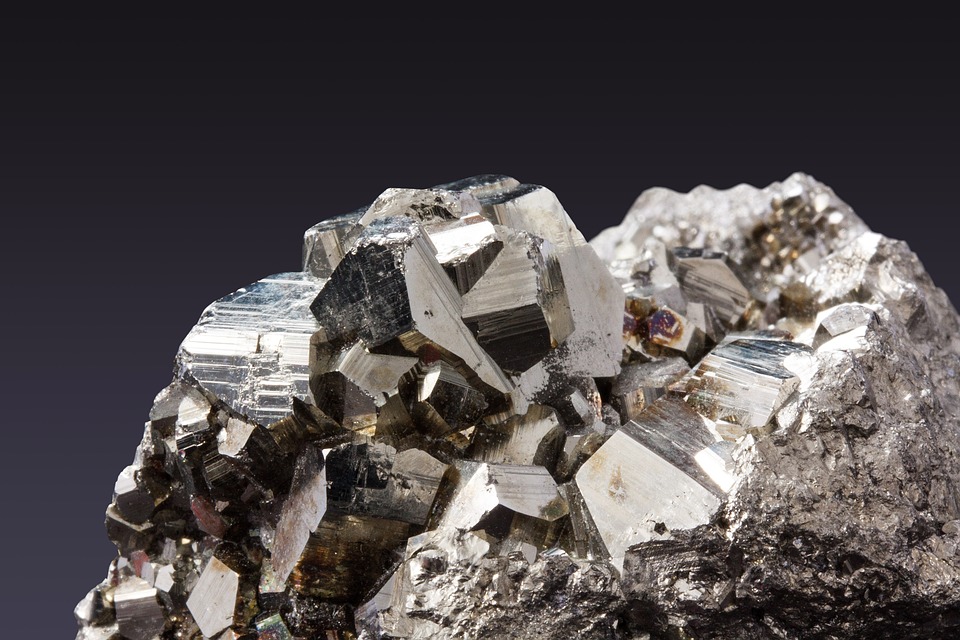Harnessing the Power of Iron: Fueling Our Energy Needs
[ad_1]
Harnessing the Power of Iron: Fueling Our Energy Needs
Iron, one of the most abundant elements on Earth, has been the key to transforming our energy landscape. This versatile metal plays a crucial role in various industries, particularly in the field of energy production. From powering our homes to fueling our transportation systems, iron and its derivatives have revolutionized the way we meet our energy needs.
The Role of Iron in Energy Production
Iron’s importance in energy production is primarily derived from its magnetic properties. The use of iron in the construction of electromagnets facilitates the generation and distribution of electricity. These powerful magnets are employed in generators and turbines to convert mechanical energy into electrical energy.
Furthermore, iron is a fundamental component of steel, an alloy that serves as the backbone of numerous energy-intensive infrastructures, such as power plants and transmission towers. The ability of iron to withstand high temperatures and structural stress makes it an ideal material for these applications.
The Iron-Carbon Connection
Iron’s most significant contribution to energy production lies in its intimate relationship with carbon. Through the extraction of iron ore and subsequent processing in a blast furnace, iron is obtained in its purest form. However, iron alone cannot effectively cater to our energy demands.
By introducing controlled amounts of carbon into the iron, steel is produced. This alloy possesses enhanced physical and chemical properties, making it invaluable in the generation, storage, and transportation of energy. The carbon-infused steel forms the foundation of wind turbines, ensuring their stability and longevity even under harsh weather conditions.
The Future of Iron in Sustainable Energy
As the world transitions towards cleaner and more sustainable energy sources, iron continues to play a crucial role. The proliferation of renewable energy technologies, such as solar and wind power, heavily relies on iron-based materials. These sustainable energy systems require iron for the construction of solar panels, wind turbines, and transmission networks.
Furthermore, advancements in iron-based battery technologies have the potential to revolutionize energy storage. By harnessing the properties of iron in high-capacity batteries, we can overcome the limitations of conventional storage methods and support the integration of intermittent renewable energy sources into our power grid.
Conclusion
The power of iron in fueling our energy needs cannot be overstated. From its contribution to electricity generation through electromagnets to enabling the production of steel for various energy-intensive applications, iron is an indispensable element in the energy sector.
Moreover, as the world increasingly embraces sustainable energy options, iron’s significance rises steadily. With its critical role in the construction of renewable energy infrastructure and the development of advanced energy storage systems, iron continues to shape our path towards a cleaner and more sustainable future.
FAQs
1. How is iron used in electricity generation?
Iron is used in the construction of electromagnets, which are vital components in generators and turbines. These magnets convert mechanical energy into electrical energy.
2. Why is iron an important component of steel?
Iron provides steel with enhanced physical and chemical properties, making it an ideal material for energy-intensive applications such as power plants and transmission towers.
3. How does iron contribute to renewable energy technologies?
Iron is utilized in the construction of solar panels, wind turbines, and transmission networks, supporting the generation and distribution of clean energy.
4. What is the potential of iron-based batteries in energy storage?
Iron-based batteries have the potential to solve the challenges of energy storage by enabling the integration of intermittent renewable energy sources into the power grid.
[ad_2]

